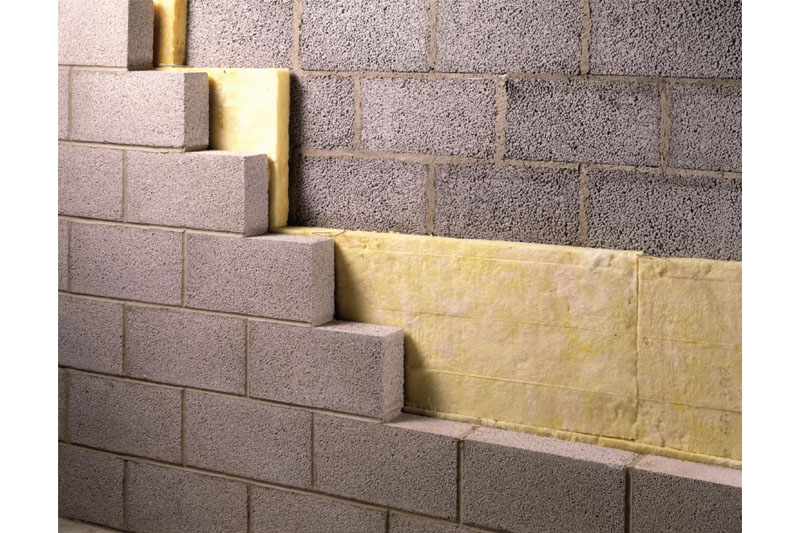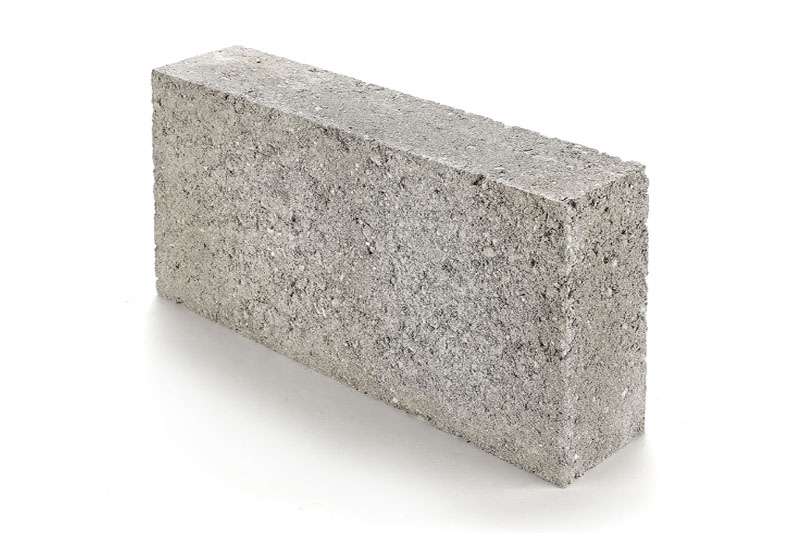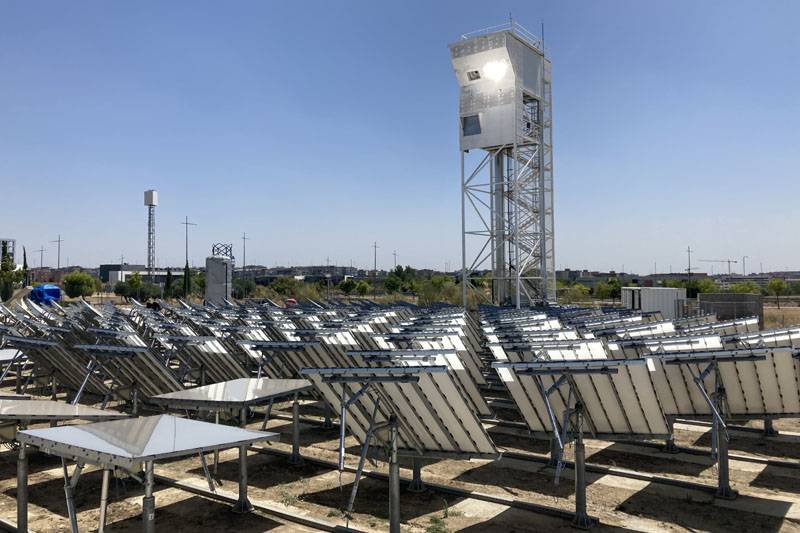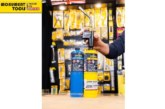
CEMEX has introduced what it describes as the UK’s first zero carbon concrete block. Lee Jones, Deputy Editor of PBM’s sister publication Professional Builder, finds out more.
We are now set firmly on an inexorable path towards a greener and more sustainable built environment, but many of the most important points on that journey have hitherto prioritised heat pumps and other emissions-reducing technologies. By comparison, relatively little has been said about the building fabric, but CEMEX believes it can make significant gains here too, and the result is ReadyBlock Zero.
CEMEX Technical Manager, Martin Ashfield explains the principle behind the product: “There are essentially two parts to the story. Our first task was to reduce the embodied carbon of the block to the lowest level that can be achieved, and we did that by developing a geopolymer concrete solution. That will, however, always leave a residual level of carbon, which can then be addressed through a process of offsetting.”
Where a traditional block would use cement as a binder, which is a relatively energy and CO2 intensive material, CEMEX has utilised a by-product of the steel industry in its place — GGBS (Ground Granulated Blast-furnace Slag). Geopolymer products of this kind are not new, of course, and manufacturers have for some time been making use of the likes of Pulverised Fuel Ash — sourced from coal fired power stations — as well as less common materials such as RHA (Rice Husk Ash), which is an agricultural waste.
In each instance — and crucially for the end user — a blend of GGBS and complementary alkali activators delivers a block which is just as hard and durable as its concrete counterpart. Indeed, in terms of strength, thermal performance, density, and any other parameter you can mention, there is no discernible difference.
Where it stands apart is in its environmental credentials and, with the Government’s Future Homes Standard demanding a 75-80% reduction in carbon emissions by 2025, that is now of fundamental importance. “The savings are significant,” continues Martin, “and we estimate a reduction from 1.3kg of CO2 generated per block, down to 0.3kg, or around 80%, with the remainder then addressed through carbon offsetting.”

For manufacturers, combating climate change in their own processes is a war on many fronts and the product itself is only one theatre of operation. Using renewable energy where possible, sourcing raw materials, such as aggregate, with lower embodied CO2, and many more factors besides, all play their part, and this is where CEMEX has gone a step further.
Paul Fletcher, Head of Sustainability Europe reveals more: “We’ve been working with an award-winning company called Natural Capital Partners, who are experts in the carbon offsetting arena. Using a methodology known as the CarbonNeutral Protocol we’ve been able to verify our CO2 emissions our products — including ReadyBlock Zero — from cradle to customer.
“It’s actually an incredibly detailed study that takes into account not just raw materials and production, but water and energy usage at every stage, transportation to the customer, and even the strapping that goes around the blocks for delivery. Once we have that data we can then work to reduce the CO2 output further.”
The process doesn’t stop there, however, because Natural Capital Partners takes this CO2 initiative to another level by managing various tree planting and reforestation schemes on behalf of its clients, which ultimately delivers the coveted CarbonNeutral status. It also places environment issues at the forefront of the organisation’s thinking, which is why all UK CEMEX plants are now powered by renewable electricity for example, whilst globally the manufacturer is pioneering a move towards solar-driven cement plants.

The problem is, of course, pressing not just in terms of a climate crisis but also for contractors who need to adapt to new regulations. By June 2022, new build homes in the UK must reduce CO2 by around 30%, for example, and a cement-free solution such as ReadyBlock Zero can make a telling contribution, without any compromise on quality.
ReadyBlock Zero is part of CEMEX’s VERTUA family of low carbon and sustainable Urbanisation Solutions. Click here for further information.
A version of this article appeared in PBM’s May edition. Click here to read the full online issue.
Packaging performance
CEMEX has also committed to “a robust programme” of reducing the plastic packaging of its Concrete Products. The manufacturer says its key building products plant at Northfleet in Kent has made significant inroads over the last 12 months as its Urbanisation Solutions business continues to improve the sustainability of its operations in line with the company’s global ‘Future In Action’ strategy, which is committed to Net Zero CO2 in concrete by 2050.
Production equipment at Northfleet has been upgraded through a £100k CapEx investment to enable increased supply and ongoing maintenance. A new high-strength banding process means that plastic hoods are no longer required on dense and lightweight bricks and concrete blocks. As a result, the facility has eradicated 6.1 tonnes of plastic, or the equivalent of over 65,000 plastic water bottles, per year from its traditional plastic packaging process.
In addition to plastic reduction, Northfleet is continuing to make environmental savings in timber by increasing the volume of void packs which reduces the volume of timber palleted products. Over 100 tonnes of timber — roughly the equivalent of 100 ten foot high oak trees — was saved in 2021 and it is expected this figure will increase further in 2022.
The programme is further supported by CEMEX’s pallet recovery scheme, which works with merchants and distributors to recycle and reduce timber waste across the supply chain to make greater environmental efficiencies.









